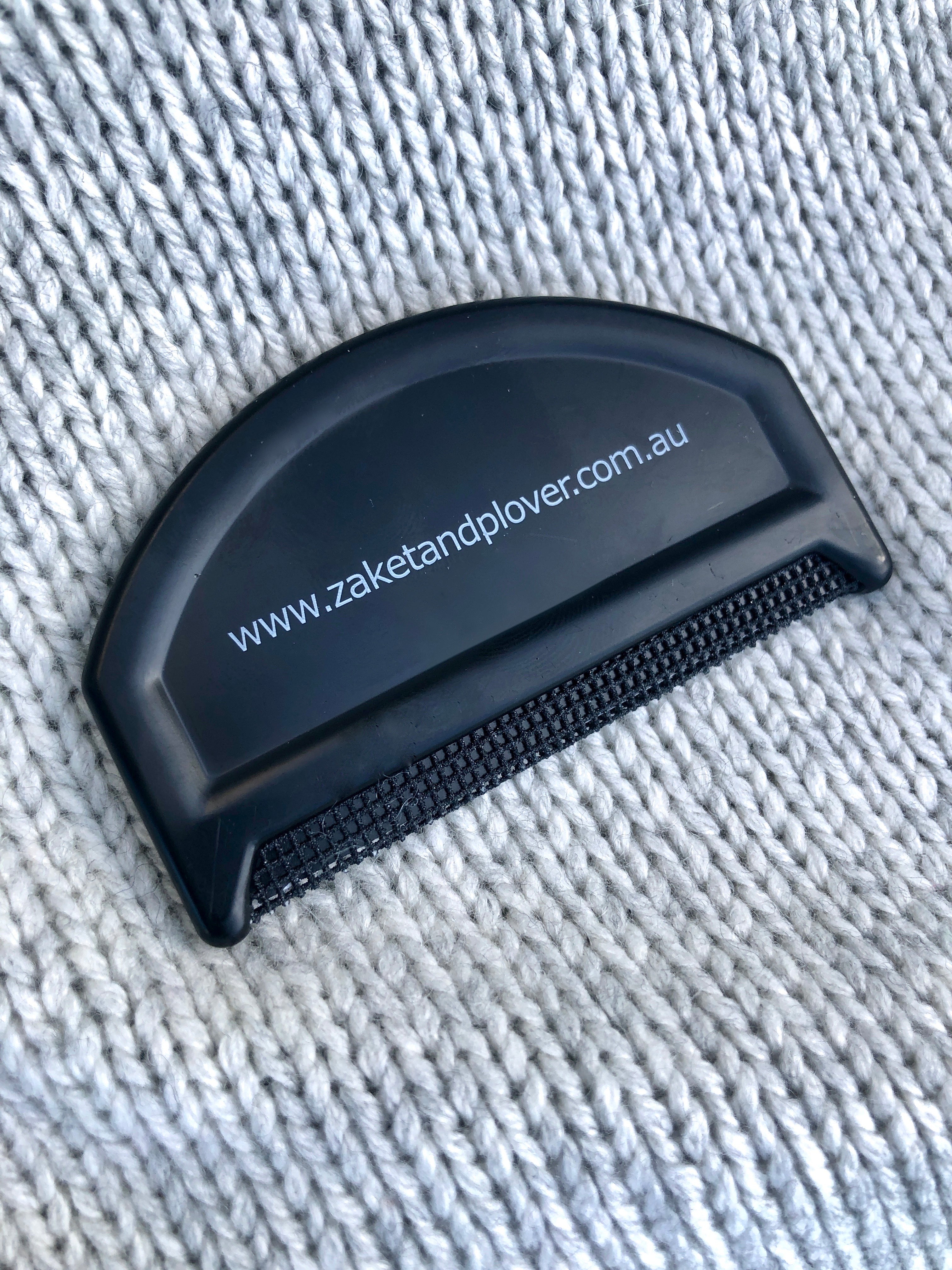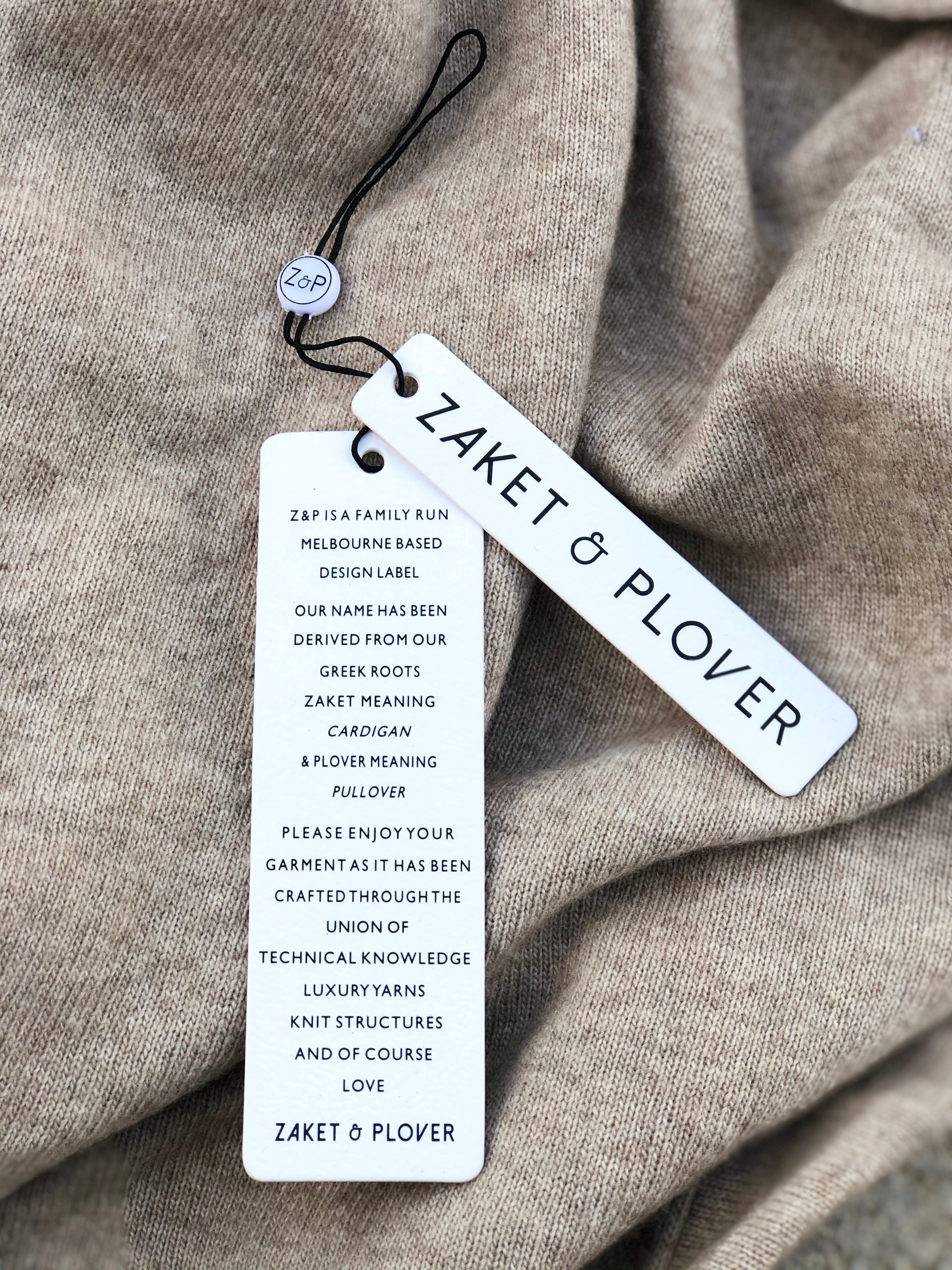Article: Knitwear Care

Knitwear Care
Pilling and de-pilling
What is pilling?
There is no relationship between pilling and the quality of yarn used. Pilling is the natural tendency of loose fibres to travel to the surface of the fabric. Here, they are susceptible to friction, which causes the fibres to twist and form small balls.
How do you take care of pilling?
As always, we recommend following the care instructions on your garment to ensure your knit is taken care of. We also recommend the occasional dry clean to keep your knit in it's original shape and fit.
For the garments we think are vulnerable to pilling, we include a small comb complimentary cashmere comb in your order. To minimise and gently remove pilling use this gently and in moderation. If you do not have a cashmere comb we recommend using a pumice stone.
When using the cashmere comb or pumice stone, we recommend lying the knit on a flat surface and testing it on a small area first.
Wash
Each type of knitwear product is made up of different types of yarn. Always read the care instructions on the garment to know the most suitable way to wash the knit.
Dry
Lay your knit lengthways and flat on a clean towel. Roll it up and gently apply pressure to absorb the excess water. Unroll the towel and leave it to dry on a clean dry towel or a mesh drying rack in a shaded area away from direct sunlight.
Iron
Ironing delicate fabrics is something that should be done with a lot of care. When ironing knitwear, we recommend using the coolest temperature on your iron. Hot temperatures can tamper with the texture of the fabric making it feel scratchy and less soft.
Store
Knitwear should always be folded in your shelves or drawers, not hung. This helps the knit to hold it's shape and not to stretch.
When storing your knitwear for longer periods of times, such as summer months. Ensure that it is freshly cleaned without hair, dirt, oil or sweat as this can attract moths. To further avoid moths, we like to use natural alternatives to moth balls such as cedarwood blocks and lavender filled sachets in our wardrobes.

